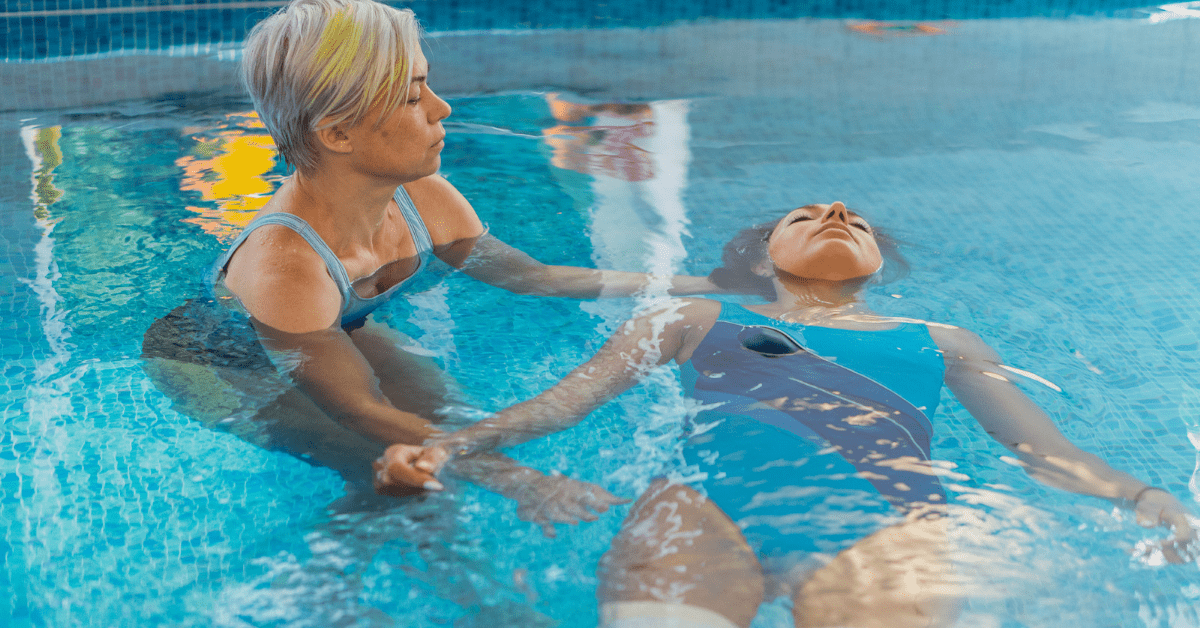Any injury can be life-changing, especially brain and spinal injuries. Getting active again can feel impossible but with exercises like swimming, you can get closer to feeling like your old self again. It’s a sport you can enjoy at any age and offers a wide range of benefits for injury recovery.
If you have suffered an injury that wasn’t your fault, you should seek professional advice from brain injury solicitors. Not only can they help you receive the compensation you deserve for your accident but they can also help you cover the cost of rehabilitation like swimming.
Swimming is good for you in general
Swimming is a great way to keep fit and relaxed, even if you don’t consider yourself an athlete. Whether you swim competitively or occasionally in your free time, there are so many general benefits to taking a dip in the water.
Nearly all your muscles are used while swimming so you can enjoy an all-over body workout that tones your muscles. It is also great for building endurance, and muscle strength and boosting your cardiovascular health.
Why is swimming beneficial for someone with an injury?
In particular, swimming is an ideal recovery exercise. If you’re experiencing muscle soreness or pain, it can be hard to get back into healthy habits like running or cycling. The activity is a common rehabilitation exercise for those who have suffered from back pain, torn ligaments and major surgery.
Some of the benefits you could take advantage of when you begin swimming include:
- Reduce weight – It’s easy to put on weight when you are inactive because of your pain, and this can add more problems to your recovery in the long run. Swimming is a great exercise for weight loss since the full-body movement burns calories and releases energy quickly. On average, swimming burns around 223 calories per hour even at moderate effort.
- Build bone and joint strength – All swimming strokes engage your arm muscles, calves, quads and core without applying too much pressure. The consistent, rhythmic movements improve conditioning and allow you to build muscle without strain.
- Alleviate pain – The buoyancy of water supports your body weight and allows you to exercise without putting pressure on your delicate limbs. Slowly swimming and alternating strokes help keep your muscles loose and flexible, and the movement of the water can be soothing for aches and pains.
What is active recovery?
Active recovery refers to exercise that works muscle groups at a low intensity. Swimming is an example of an active recovery exercise. It helps to reduce lactic acid build-up, remove metabolic waste from your muscles and reduce muscle tears and pains by increasing blood flow.
Water, in particular, helps to correct muscle inflammation so your body shouldn’t feel under strain after participating in swimming.






